Growing Nepenthes Mirabilis: A Complete Guide to Tropical Pitcher Plants
Hey there, plant enthusiasts! I’ve been growing carnivorous plants for over a decade, and let me tell you – the Nepenthes mirabilis is an absolute showstopper.
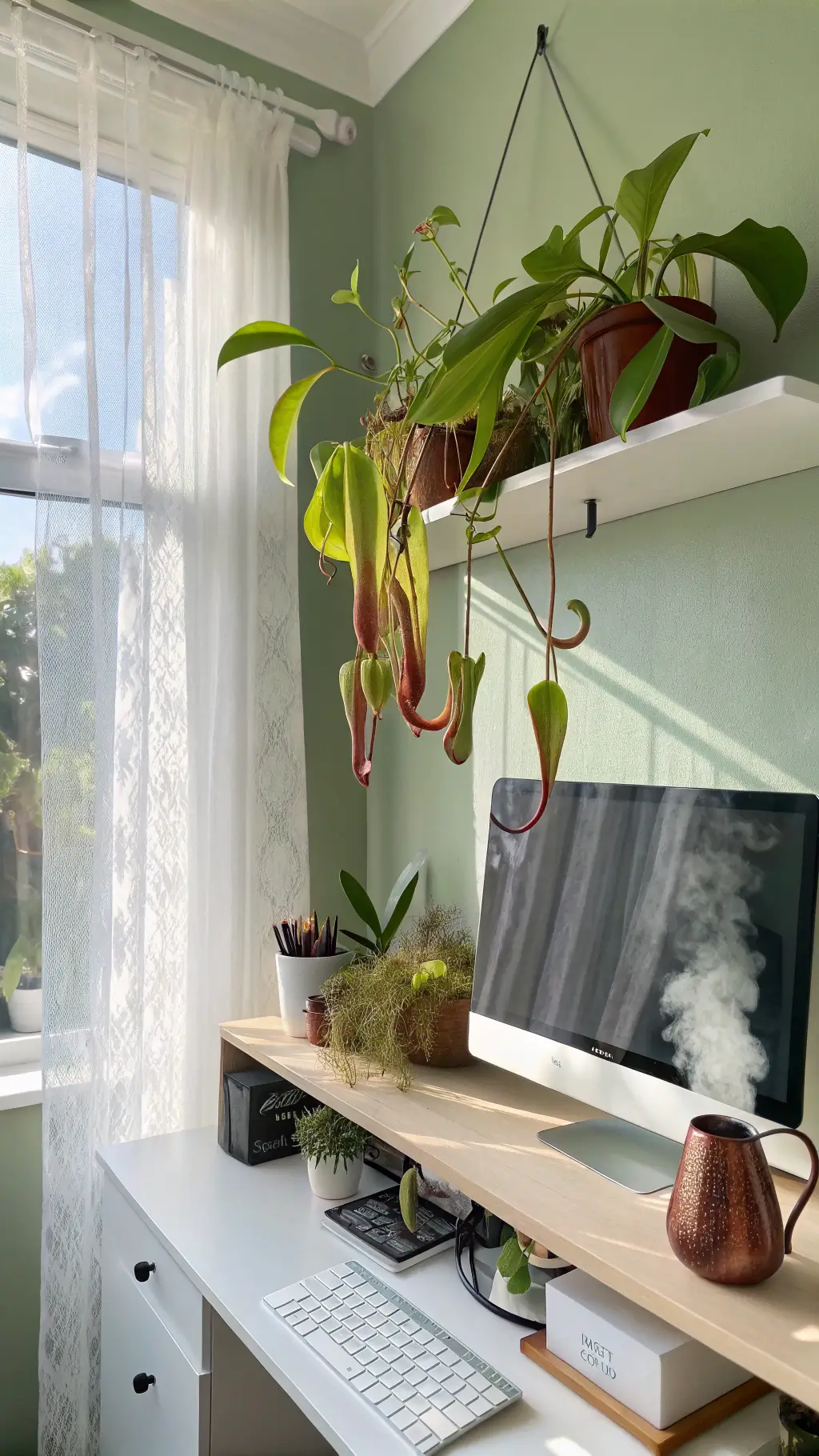
Why Your Home Needs This Fascinating Carnivorous Plant
Ever wondered what it’s like to have your own little predator in your living room? That’s exactly what you get with the common swamp pitcher-plant.
These fascinating creatures aren’t just conversation starters – they’re natural pest control heroes!
The Globe-Trotter of Pitcher Plants
Here’s something wild: Nepenthes mirabilis is the most widely distributed pitcher plant in the world. You’ll find these beauties:
- Throughout Southeast Asia
- In southern China
- Across northern Australia
- Scattered across Pacific islands
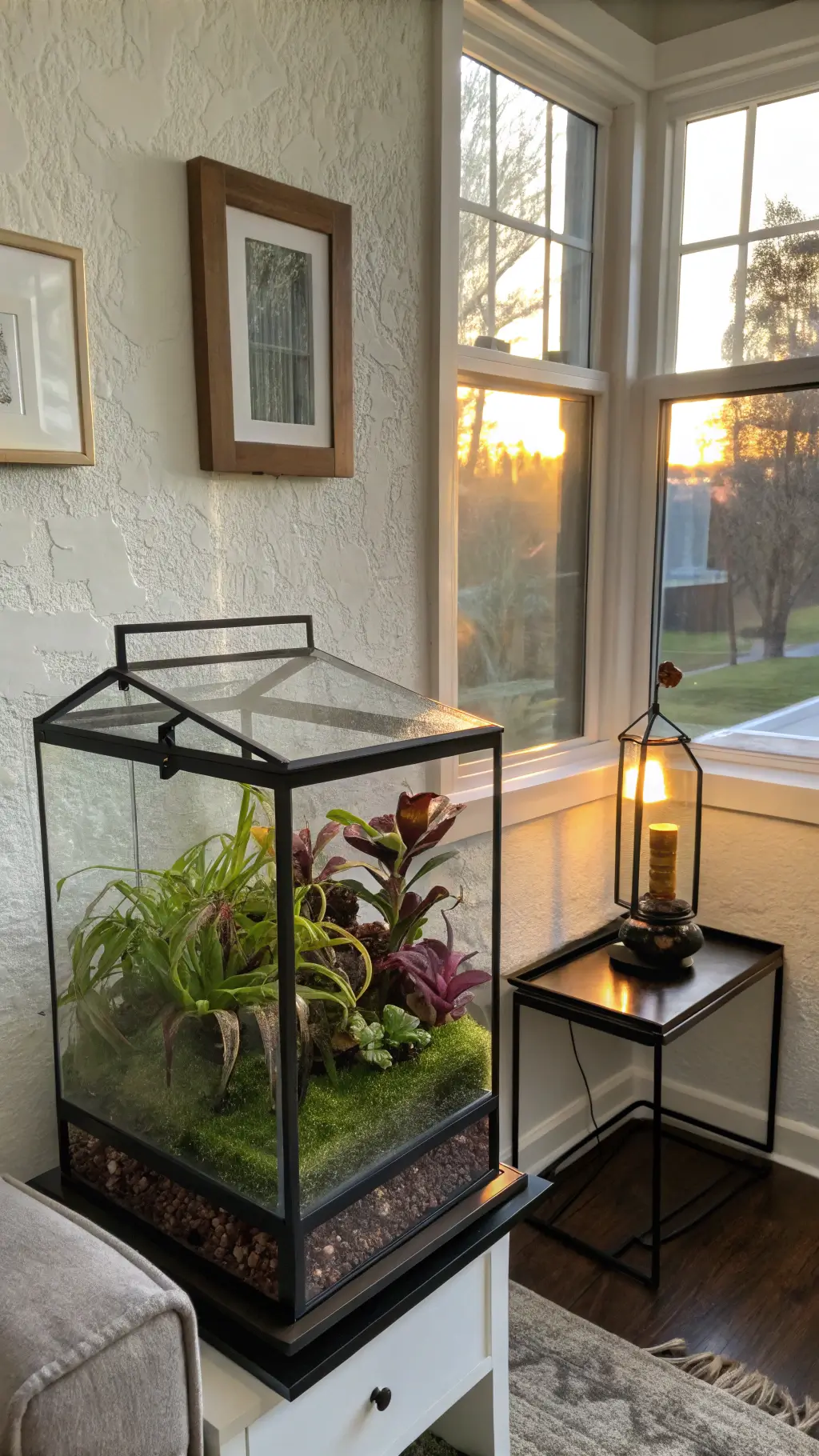
What Makes It Special?
Let me paint you a picture of what makes this plant unique:
- Stunning pitcher traps in various colors (green, red, purple, yellow)
- Paper-thin, elegant leaves
- Adaptable growth habits
- Natural pest-catching abilities
Getting Started: The Essential Growing Guide
Temperature & Humidity
- Sweet spot: 70-90°F
- High humidity is key
- Use a humidity tray or small humidifier
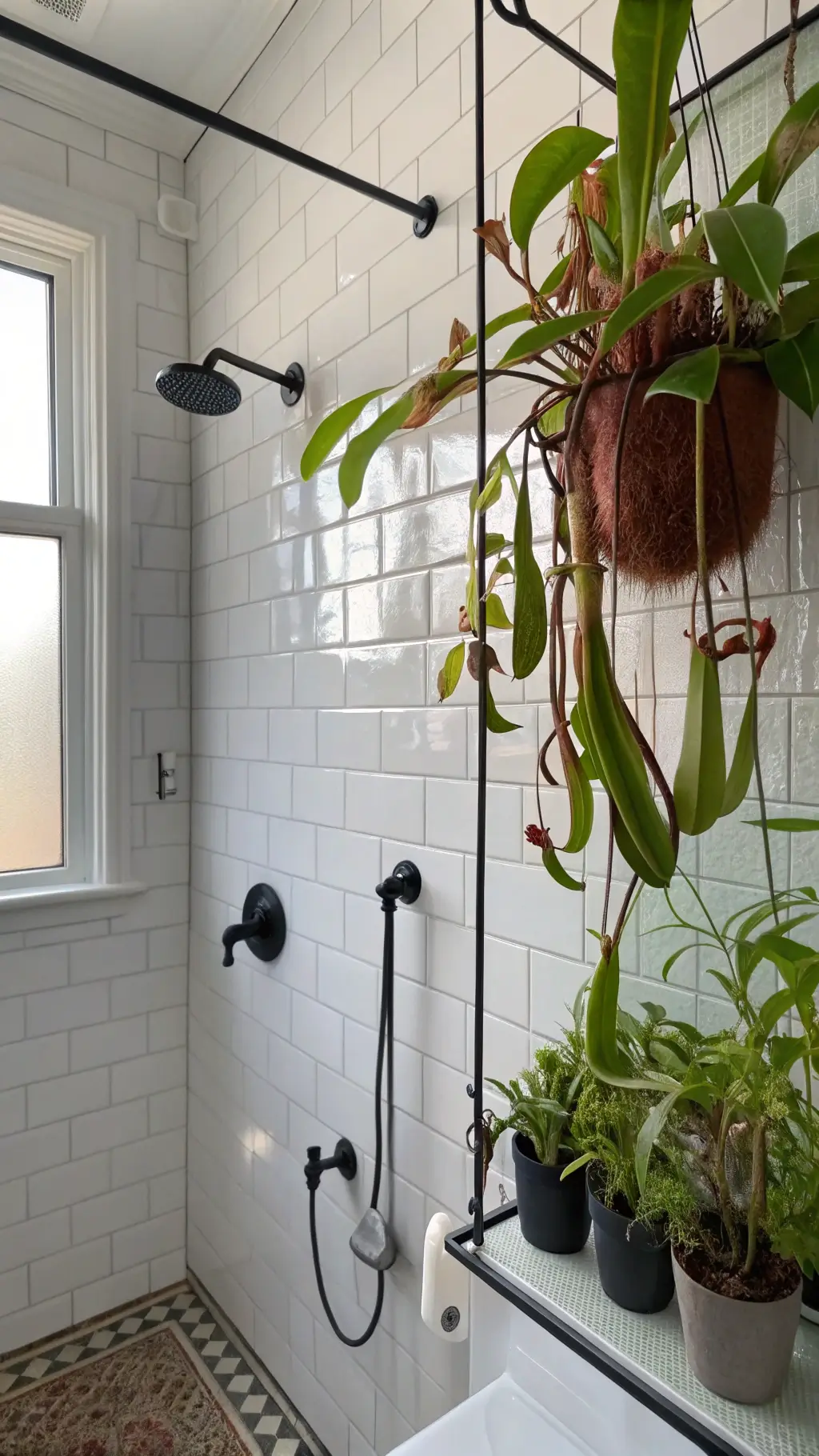
Light Requirements
- Bright, indirect light
- 12-14 hours daily
- Morning sun is perfect
- Protect from harsh afternoon rays
Soil & Watering
- Use peat moss + perlite mix
- Keep soil consistently moist
- Only use distilled, rain, or RO water
- Never let it dry completely

Pro Tips From My Experience
After years of growing these beauties, here’s what I’ve learned:
- Start with a smaller plant – they’re easier to acclimate
- Place near (not on) a humidifier
- Keep away from air conditioning vents
- Feed occasionally with dead insects (optional)
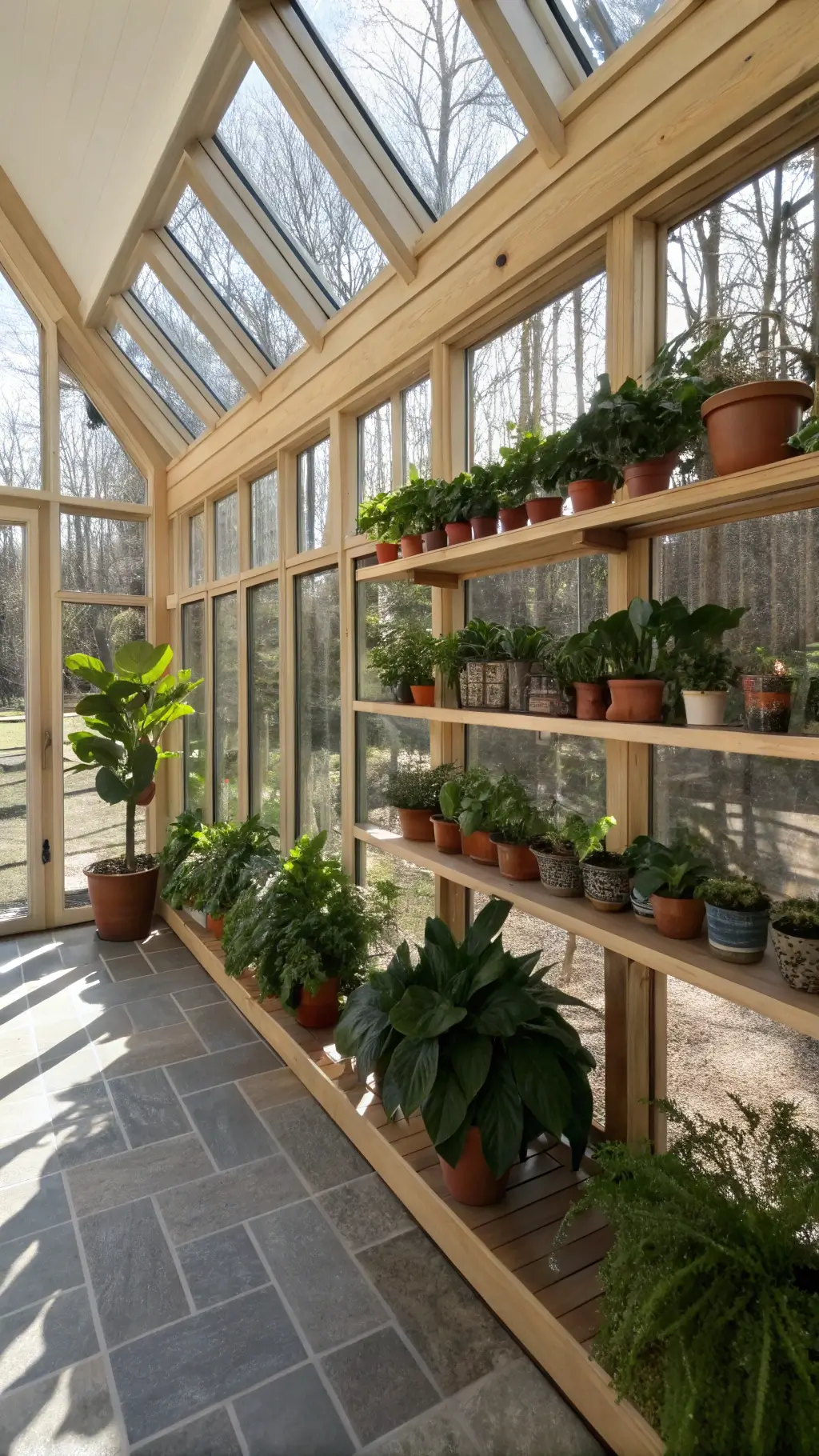
Common Problems & Solutions
Yellowing Leaves?
- Check your water quality
- Adjust light exposure
- Review feeding schedule
No Pitchers Forming?
- Increase humidity
- Ensure proper lighting
- Check temperature range

The Best Part? It’s Actually Easy!
Despite its exotic appearance, N. mirabilis is surprisingly forgiving for a carnivorous plant. It’s perfect for:
- Beginners in carnivorous plants
- Indoor gardeners
- Humidity-loving plant collectors
- Anyone wanting a unique conversation piece
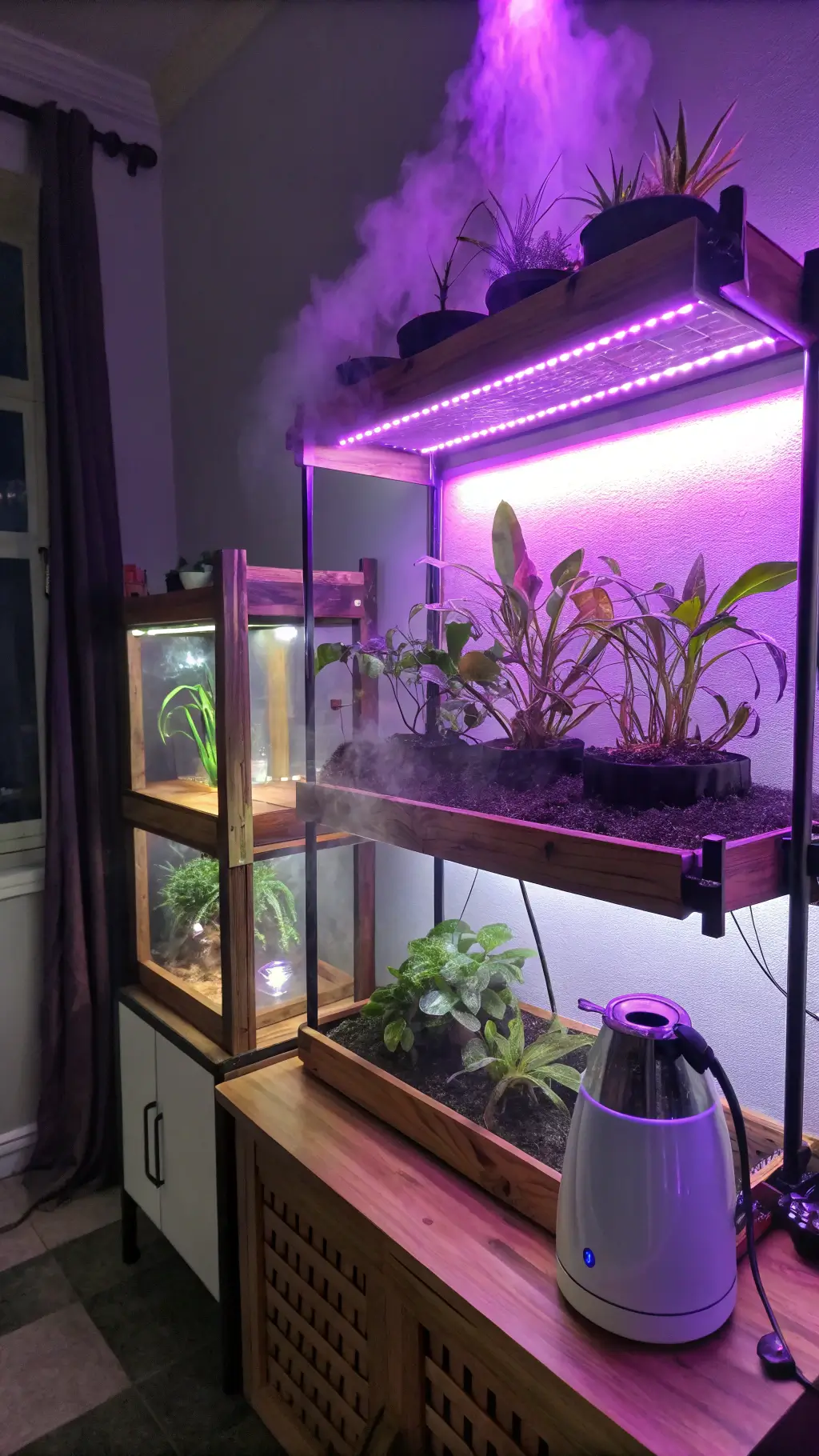
Remember: patience is key when growing these tropical wonders. Give them the right conditions, and they’ll reward you with an incredible display of nature’s ingenuity.
Want to get started? You can find N. mirabilis at:
- Specialized carnivorous plant nurseries
- Online plant retailers
- Some exotic plant shows
- Select garden centers
Happy growing, fellow plant lovers! Let’s keep these fascinating creatures thriving in our homes.
